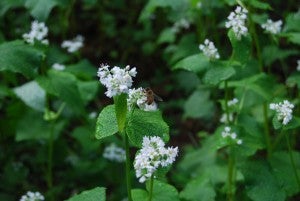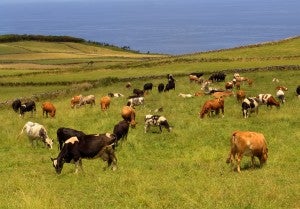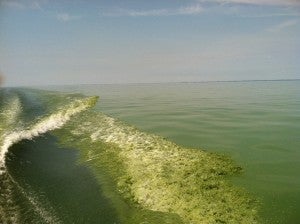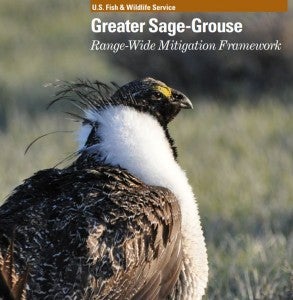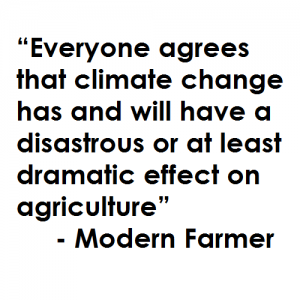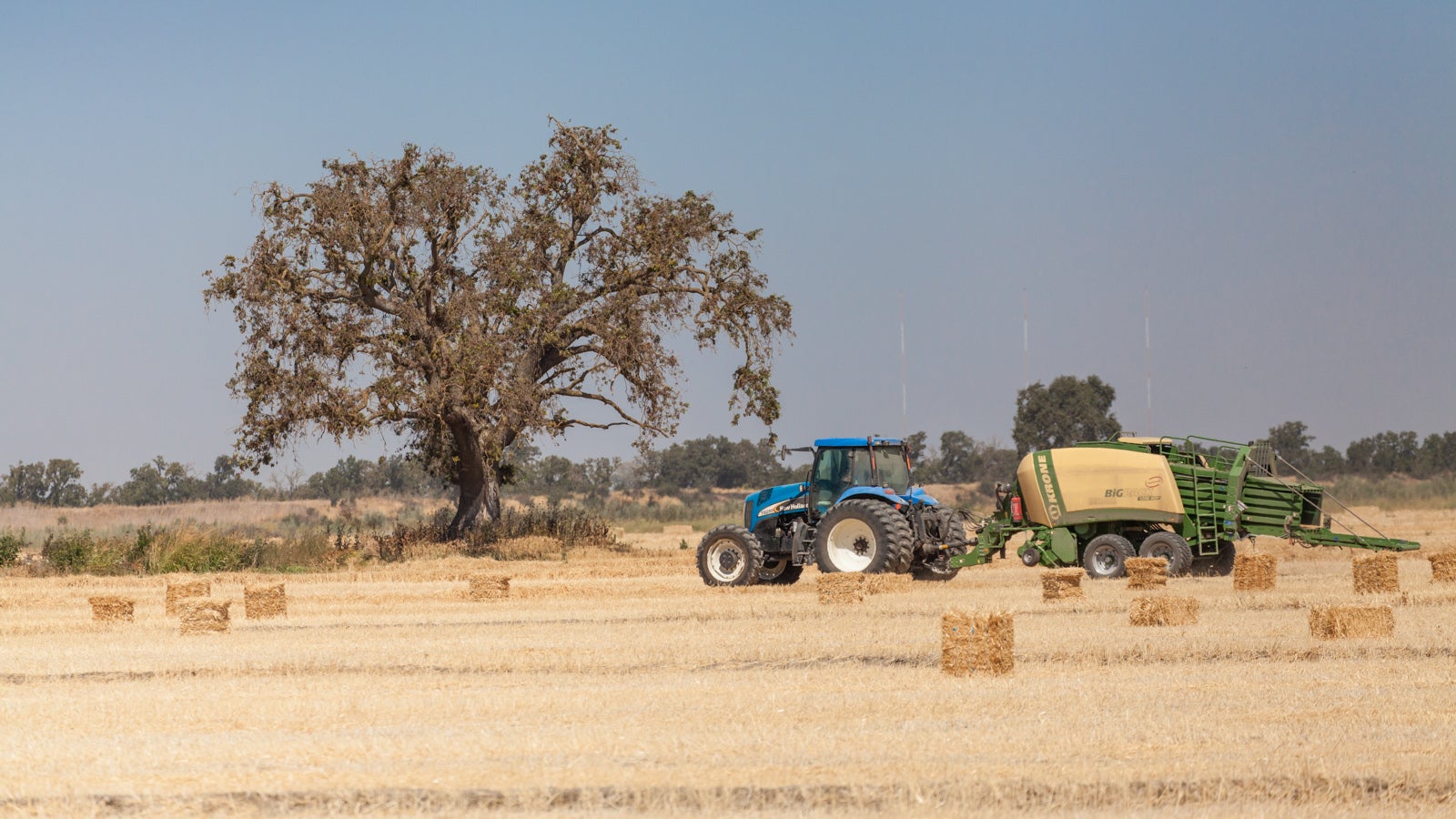The harvest season is ending, but for many growers concerned about the health of their soil, it is time to plant cover crops. I am not a farmer, but I wondered: if cover crops work for farmers, would they improve the soil in my North Carolina kitchen garden?
So late this summer I planted a buckwheat cover crop on half of my garden. I’ll be honest. My record as a gardener is spotty. This year we had a bounty of tomatoes and volunteer pumpkins, while nothing else thrived. A cover crop could improve my soil and my harvest next summer.
Cover crops offer big benefits
On farms, cover crops include grasses and grains such as cereal rye, legumes such as crimson clover, and broadleaf plants like radishes. They are not harvested like corn or soybeans. Instead, they are left in the field or incorporated into the soil.










